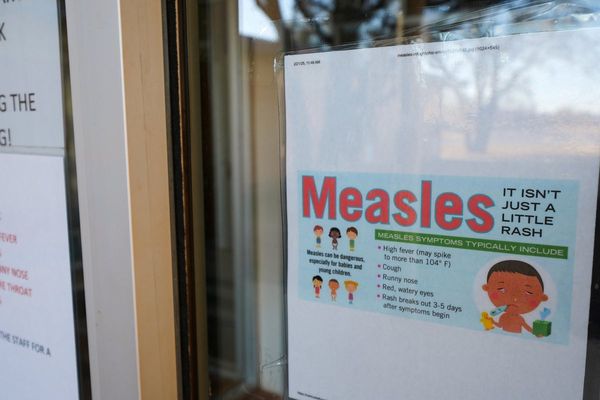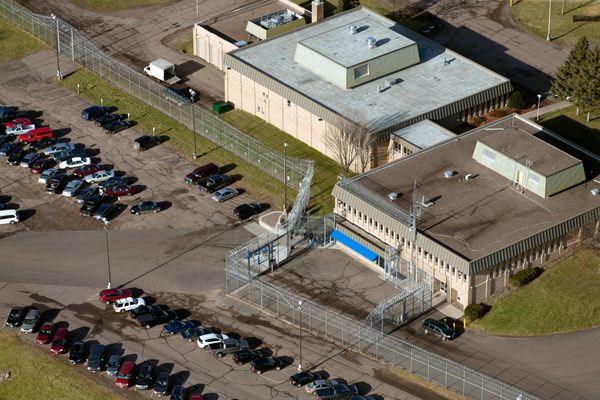
Ever thought there should be more hedges in playgrounds? A group of urban schoolchildren are going to be taking part in a scientific study to see what impact a hedge can have.
A project by the Royal Horticultural Society (RHS) aims to find out the best species of hedge to plant in urban areas, so it can be rolled out across state schools that suffer from air pollution and a lack of green space.
Dr Tijana Blanusa, the RHS principal scientist, decided to carry out her research in schools after realising her two children had very little access to nature at their urban state primary.
Blanusa and her team have planted 60 hedge plants, consisting of a broadleaf mix and evergreen, in the school playground at Hoe Valley school, Woking. About 90 year 10 pupils will be involved in the experiment, which is funded by the Royal Commission for the Exhibition of 1851.
“I’m a school governor. I have school-aged children. I really wanted to engage if possible with schools because a lot of schools that I know, including where my children have been going, are not particularly green,” she explained.
Having children opened her eyes to the lack of green space in many urban schools and she has been frustrated by the way things could be different. “I’m in a position where maybe, for children in those schools or other schools, I could help them do better. I think I’m quite driven by that.”
“We’ve looked at hedges because they are linear, they’re cheap, they’re quite prevalent, people can relate to them, and we think they can do some good things for relatively little money in the urban environment in terms of improving air quality, reducing flood risk and maybe reducing noise.”
She is working with the schools to examine the hypothesis that mixed hedging has more year-round environmental benefits than planting just one species. Next spring, the Hoe Valley pupils will participate in further investigations to understand young people’s perceptions of the role of plants in improving the environment.
The scientist said: “They very generously let us choose a plot within their school grounds and we planted this with a mix of hedges which are bordering the roadside. We’ve set up a weather station, and will be taking measurements of the position of particles on leaf surface’s ability to influence soil moisture which is a proxy for flood alleviation, and looking at temperatures around the hedge. We are doing baseline surveys, then taking more measurements as time goes on.”
The children will be involved in learning more about the role of plants in reducing flood risks, improving air quality and summertime cooling – either by using a new online tool made by the RHS or through hands-on science sessions in school, led by the science team. However, there will be a control group of children without access to the hedge, to see the difference having green space makes.
Blanusa is having sessions with the children where she teaches them how to take measurements and what they mean, with the aim that some of the science is conducted by the children themselves.
They will get an insight into what working as a horticultural scientist entails – planning and taking measurements on the hedge and from the soil, and then analysing collected data. Results from the perceptions piece will be available in late spring.
Blanusa did not expect to end up doing these sorts of social experiments: “I’m a practical applied scientist. My master’s is plant physiology, my PhD is to do with biochemistry. This project opened my eyes to the complexities in the greater scheme of things when you take science into application. I do genuinely believe that it’s so important.”
But this is a way to make her research and science genuinely useful and applicable. She hopes that the project can be rolled out across the country, and the RHS is figuring out how to do that. “We really want to make it as easy as practically possible for other schools to do it. But because you are working with living things, it’s still always going to be a bit of work. Those green interventions, they will have their benefits but they need looking after and that needs to be a person on site who knows how to look after it. The scaling up is something I see as the next step. Maybe that’s not technically my job as a scientist but in a way, I feel it is.”







